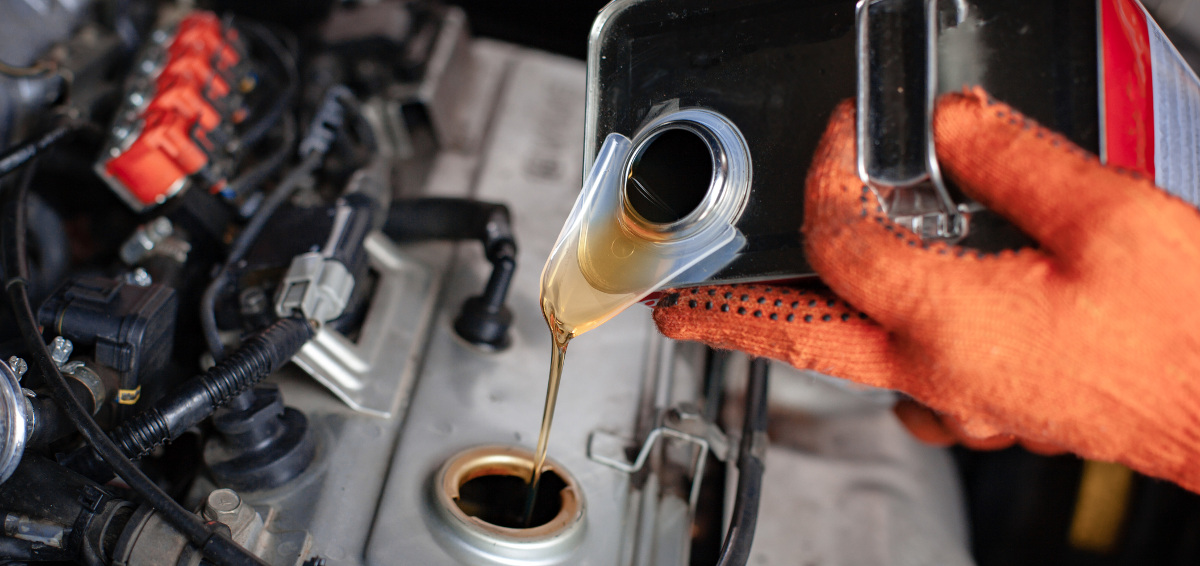
With a global drive towards high-performance, low-emission engine oils, it would seem lubes product portfolios are only going in one direction. But what happens if local consumers are on a different journey? Russia is a case in point.
Global trends in legislation, OEM and lubricant development are driving lubes portfolios ever-further down the road of high-performance, low-viscosity, fully-synthetic products in an effort to address the environmental agenda. With climate change seemingly front and centre of the populist and scientific agenda, it would be easy to assume that consumer focus would, and arguably should, be on products that address that concern.
Shell and BP are certainly not alone in creating high-profile marketing campaigns to promote their latest 0W-X products or renewable energy technology. Almost every week oil majors are announcing new products - or entire brand portfolios - designed to minimise emissions, comply with the latest stringent regulations, or meet the needs of new technology for a wide range of machinery.
This is genuinely good news. As I commented last year, the lubricants industry isn't just undertaking billions of pounds-worth of R&D as a box-ticking exercise. There's a genuine desire to lead the way in technological development that will assist OEMs to create more efficient, sustainable, lower-cost, less polluting machinery and this is to be commended. However, there may also be a need for a reality check.
After recently reviewing the Russian lubricants market, the OATS team came to an interesting conclusion. There is clearly a massive move towards new lubes specs and lower viscosities in large areas of the world - both developed and developing. But, substantial markets still require lubes portfolios that meet the needs of consumers at a different stage in the development journey; are without disposable income for high-quality products; or who live in countries where governments have a different order of legislative priority.
Largely, although not exclusively, as a result of US-led global sanctions, Russia is currently under economic pressure. This has impacted its ability to invest in exploitation of massive oil and natural gas reserves. With an economy so heavily dependent on oil and gas rights, it's perhaps understandable that climate change issues are taking something of a back seat at the moment. A weak Rouble and slowing GDP growth doesn't help.
While some 60% of Russia's passenger car lubes market comprises semi or fully-synthetic products, it is the 5W-X rather than 0W-X sector that is dominant (although the latter is growing). In a country where disposable income is limited and the average age of Russia's 52 million vehicle parc is 13 years for cars and 19 for commercial vehicles, there's clearly a need for less premium products.
Russia is not the only nation facing the tension between technological speed, environmental necessity and a slower market reality. While climate-induced temperature changes may be a longer-term issue, short-term economic and local industrial needs are more immediate. But this is not all negative. One knock-on effect which has been observed not only in Russia but also in India, Africa and parts of Asia, is the increased opportunities for local lubricants blenders and distributors. Russia's lube market is dominated by national brands. Where global producers are competing, it's generally as a result of investment in local production, blending and/or distribution infrastructure and subsidiaries.
Globally there is a genuine opportunity for some of the smaller, national blenders to develop products that can best serve these markets. An opportunity that balances economic and mechanical reality with scientific and tribological advancements to offer the best of both worlds.